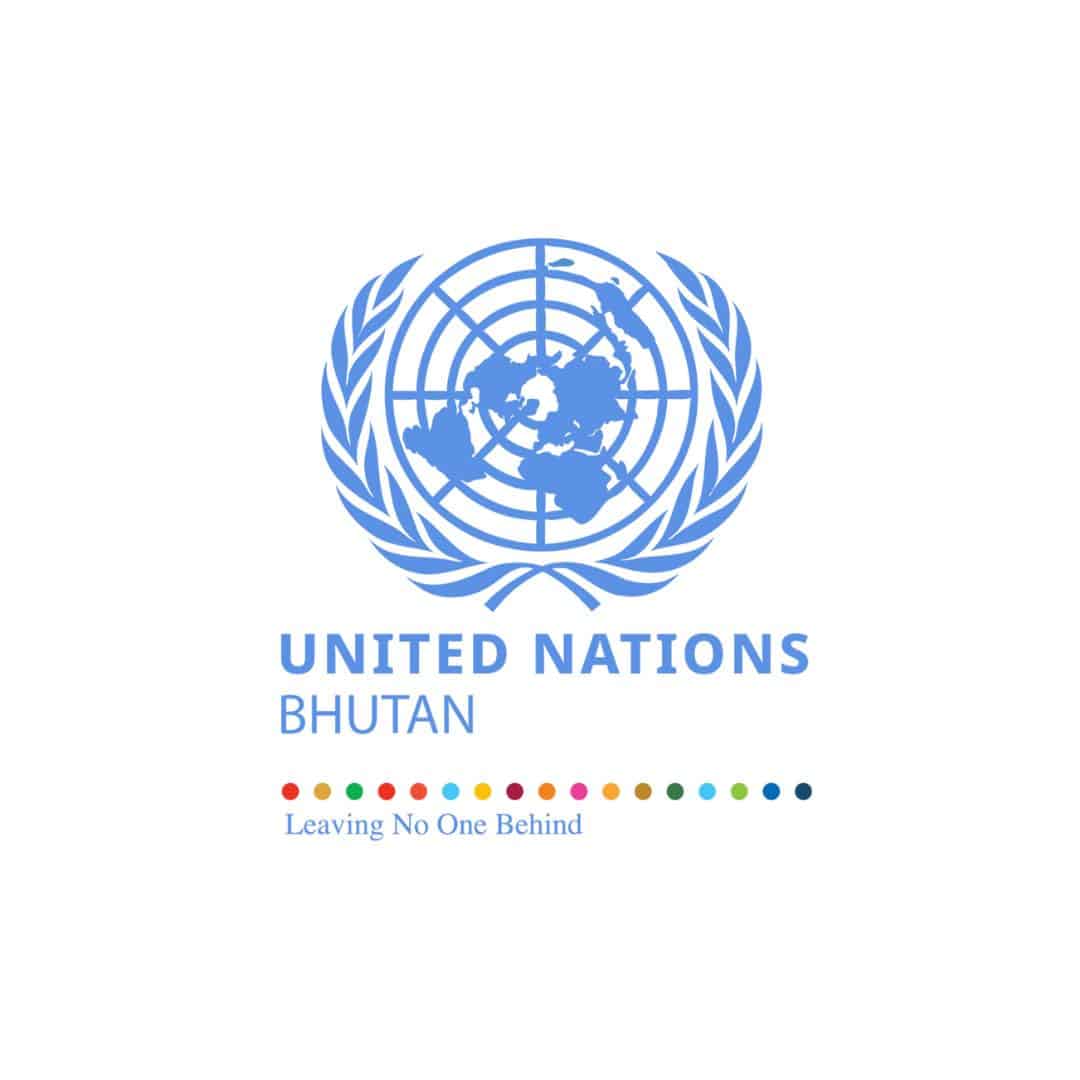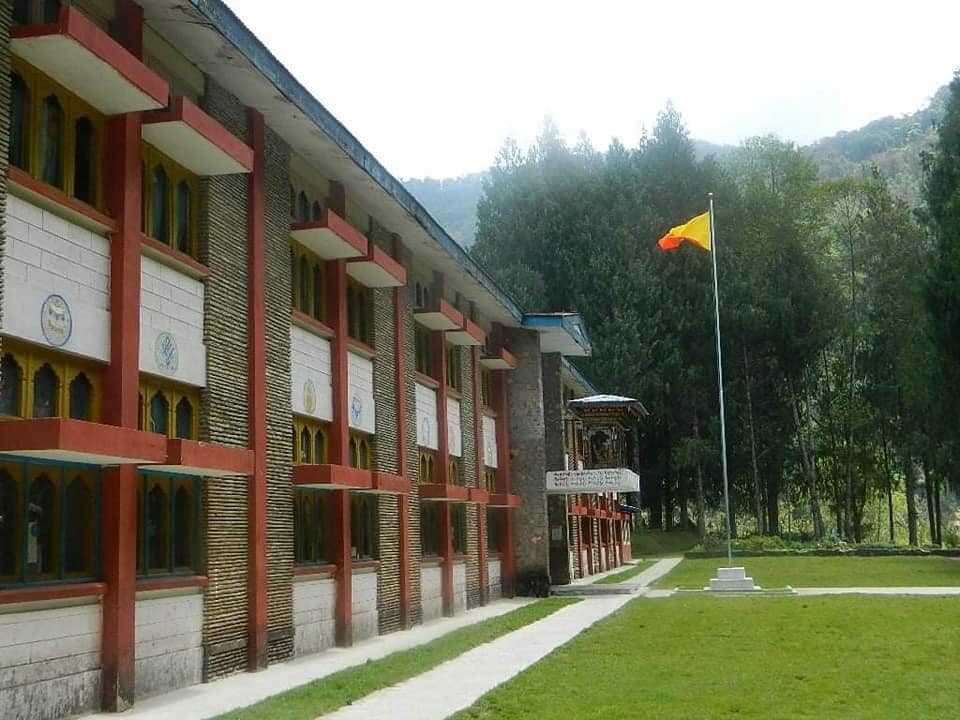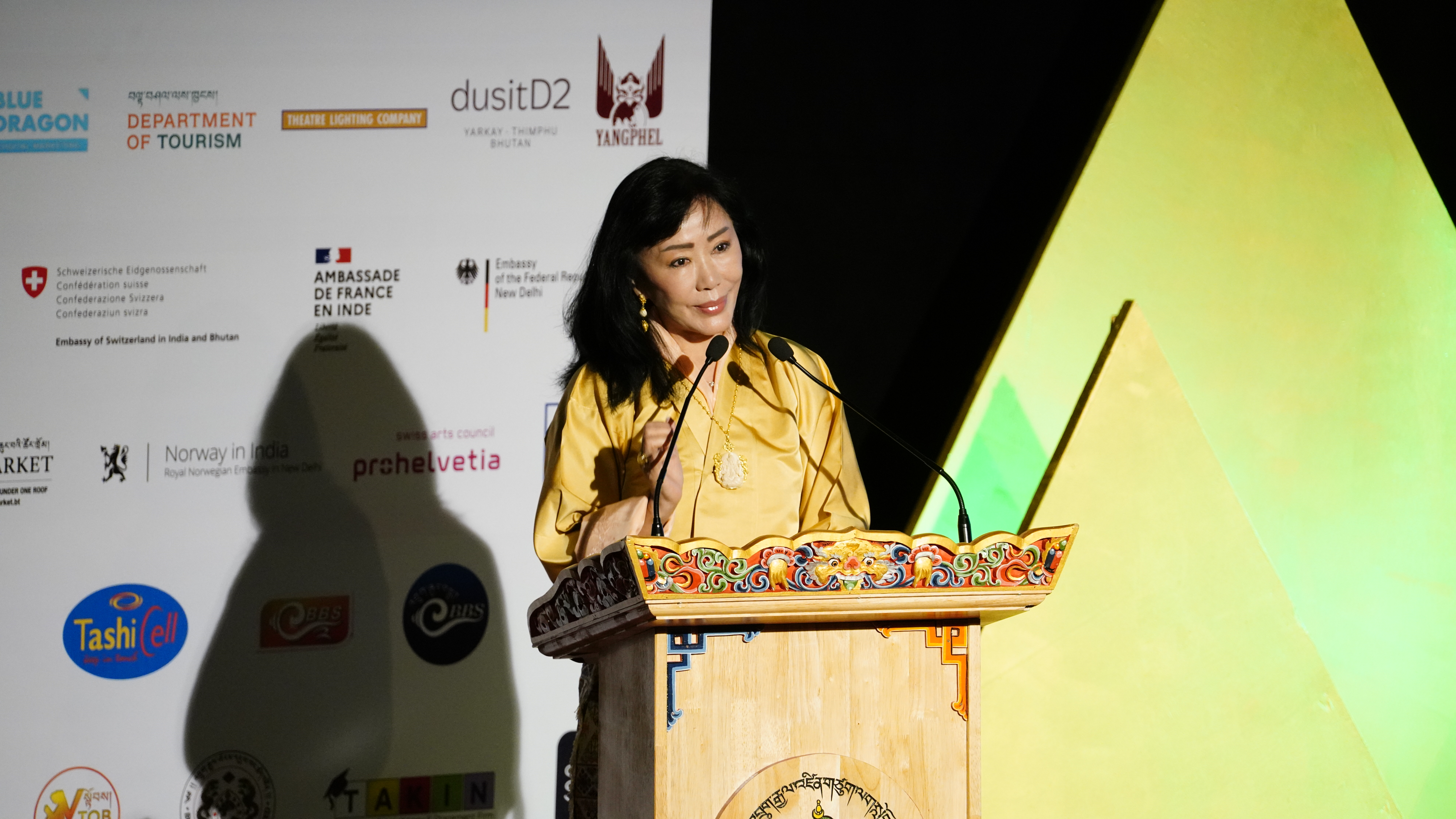In the last two years, there has been no report of mother-to-child transmission of HIV (Human Immunodeficiency Virus) cases in the country.
A press release from the Ministry of Health (MOH) this week stated that there were 27 new cases of HIV detected in the country from November last year to June this year bringing the total number of people living with HIV to 597.
Of the new cases detected, it was revealed that 78% were between the ages of 20 years to 49 years and 22% were above 50 years, of which, 15 were male and 12 were female.
Talking to Business Bhutan, the National AIDS Control Program officer at MOH, Lekey Khandu, said that for the last two years, there has been no cases of minors being infected with HIV. “It is of great significance,” he said.
He said that no cases of HIV in minor detection means that Bhutan is getting closer to achieving Triple Elimination of Mother-to-Child Transmission of HIV, Hepatitis B and Syphilis by 2030.
According to the press release, 30% of the new cases are among housewives followed by farmers with 26%. Private and business persons accounted for 19%, while 7% and 4% were drivers and civil servants.
The key factor that contributed to acquisition and transmission of HIV in Bhutan was attributed to young age sexuality, multiple sexual practices, low-risk perception, and sex under the influence of alcohol, increased mobility and low condom use.
It was found that 37% each was diagnosed through voluntary testing and medical screening whereas 22% and 4% were detected through contact tracing and blood donor screening respectively. “In terms of route of transmission, all 27 of them reported to have acquired the infection through unprotected heterosexual route,” states the press release. All the 27 new cases have been linked to care and treatment at Jigme Dorji Wangchuck National Referral Hospital (JDWNRH).
“Every time someone gets tested for HIV, we are one step closer to ending the AIDS epidemic,” said the Health Minister, Lyonpo Tandin Wangchuk, according to the press release. He also said that if more Bhutanese are tested as recommended, it could prevent hundreds of needless HIV infections and deaths.
The Director of Department of Public Health, Dr. Karma Lhazeen, also said that education, awareness, prevention and treatment are the key to ending HIV epidemic. “However, the existence of social and self stigma deters timely diagnosis and treatment,” she said.
She also added that based on the 2018 UNAIDS estimation for Bhutan, the detection cumulative is suppose to be 1,265 HIV cases in the country, however, there is a case detection gap of 53%. “We can only end HIV/AIDS if we address stigma and ensure young people are central to the response,” she said.
Of the total 597 cases of people living with HIV in the country, 309 are male and 288 are female. At present there are 452 people living with HIV, of which 422 (93%) are on antiretroviral (ARV) treatment while the remaining 6.6% are defaulters and non-compliant cases.
Lucky Wangmo from Thimphu














